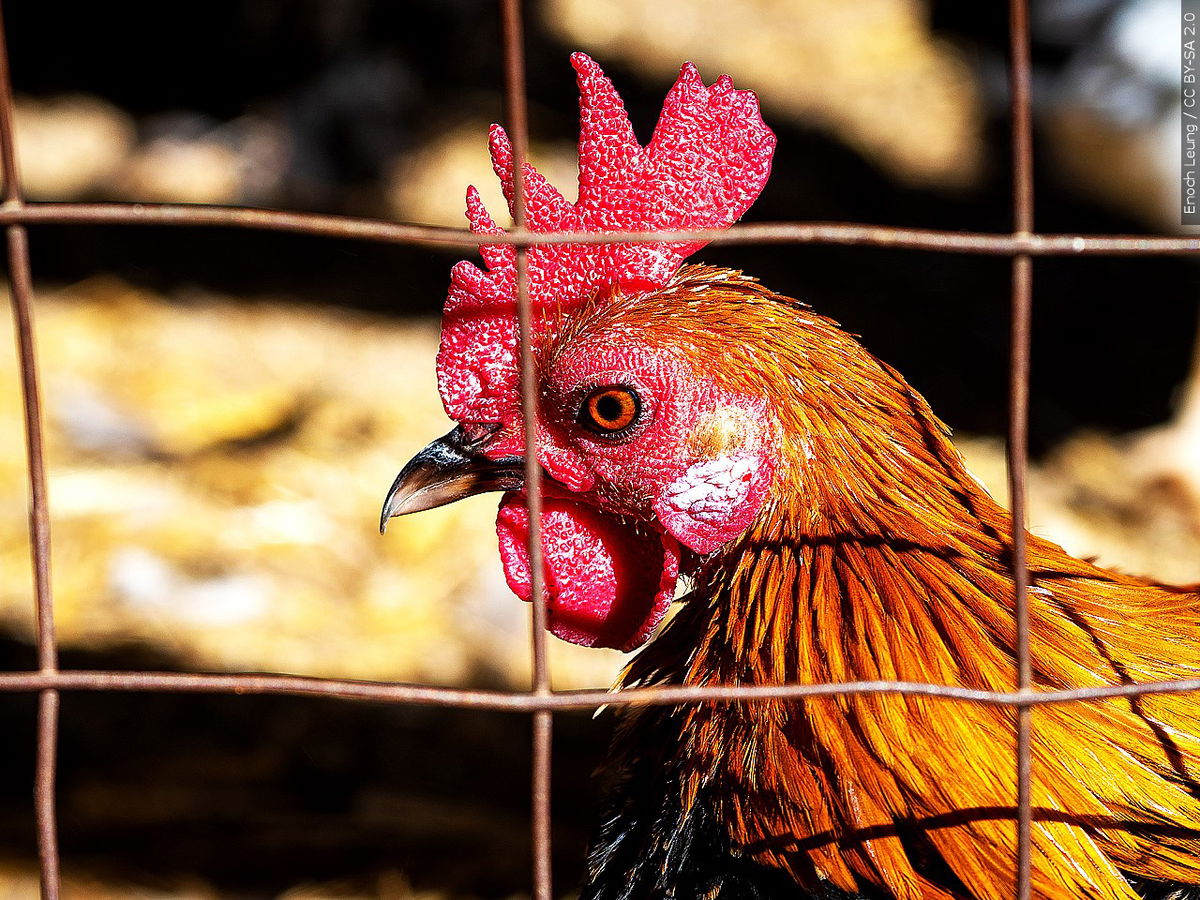As bird flu outbreak expands in California, dairy farms report it’s worse than they expected

By Brenda Goodman, CNN
(CNN) — A third farmworker has tested positive for bird flu in California, according to the state’s health department. If confirmed by the US Centers for Disease Control and Prevention, this would be the 17th human case of H5N1 flu in the US since March, when the virus was first detected in cows.
It comes as farmers and veterinarians in California are warning that the infection seems to be striking herds more severely than it has in other states, leading to higher percentages of sick and dead cows in affected herds.
There are no signs of more serious illness in people. Like the first two human cases in California, this third case involves a farmworker who was in contact with sick dairy cattle. Investigators don’t see any connections between the most recent case and either of the first two, suggesting that this is another instance of animal-to-human transmission, the California Department of Public Health said in a news release. In all three cases, symptoms were mild and involved red, bloodshot eyes, a sign of conjunctivitis.
The CDC’s principal deputy director, Dr. Nirav Shah, said Friday that these cases were not a surprise.
“Additional cases may continue to be found as additional herds continue to test positive,” Shah said.
While public health officials are taking the infections in stride, outside experts say each new human infection is a sign that the outbreak is not under control and that the people who are working with cattle and other sick animals are not being adequately protected.
“These reports only increase my worries that this virus, if left unchecked will cause severe harms to human health,” said Dr. Jennifer Nuzzo, who directs the Pandemic Center at Brown University.
“Many people have been far too dismissive of the threat posed by H5N1 on farms, wrongly assured by a handful of cases that have been mild. But epidemiologists know that the more people who become infected, the more likely we will see severe outcomes,” Nuzzo wrote in an email.
“I have seen little that abates my worry that this virus will eventually cause hospitalizations or deaths,” she added
Dozens of California herds affected
Since late August, more than 80 herds in California have been affected by bird flu, according to the latest update from US Department of Agriculture. California is the nation’s largest milk producer.
The California Department of Food and Agriculture has been conducting bulk milk tank sampling in areas where herds test positive.
As in Colorado, where bulk milk tank testing was mandated by the state, the testing has helped quickly identify more affected herds, said Dr. Eric Deeble, acting senior adviser for the USDA’s H5N1 response.
Deeble said the USDA has sent a strike team to help California track the outbreak as it expands, and the state is looking for ways to expand its milk testing beyond the areas with known infections.
Even as investigators are ramping up their efforts to follow the spread of the virus in California, farmers there are warning that the H5N1 infection in their herds is more severe than previously reported.
In other states, about 10% of cows in an affected herd have shown symptoms, resulting in the death of less than 2% of the animals, according to the American Veterinary Medical Association.
In contrast, dairy farms in California are reporting that the virus is infecting 50% to 60% of their herds, and 10% to 15% of the cows are dying from their infections, according to the California Dairy Quality Assurance Program. The higher infection and fatality rates in California were first reported by the Los Angeles Times.
The increase in severity of cases has raised questions for scientists who are wondering whether environmental factors, such as heat, may be playing a role or if maybe the virus is changing as it adapts to cows and is causing more severe infections.
Scientists would better be able to tell if genetic changes to the virus might be playing a role, they say, if state and federal officials would publicly share more information about the genetics of the viruses they’re finding and do it more quickly.
The first infected herds in California were found in late August. On Monday, the CDC shared the gene sequences of viruses isolated from the first two farm workers in the state to test positive to a widely used data sharing site called GISAID.
In the same database, there are also what seem to be recently shared sequences from dairy cattle in the United States, shared by the USDA’s Animal and Plant Health Inspection Service, but these sequences are missing vital information needed to place them in the context of the larger outbreak, including what state they came from and the date they were collected.
The USDA says it continues to follow the same process it has throughout the outbreak, uploading raw sequences on Fridays, as they become available and often within two weeks of the sample’s collection. The agency adds more information about the sample, including the state where it was collected and the collection date, after the epidemiological investigation has been completed, about six weeks later.
Other countries, including some in Africa, operating with basic equipment and minimal resources, share the sequences of viruses within days and usually with more information than is being provided by the USDA, a spokesperson for GISAID told CNN.
Without this information, it’s difficult for scientists to be able to follow the evolution of the virus and understand whether it is changing to become a more serious threat.
The-CNN-Wire
™ & © 2024 Cable News Network, Inc., a Warner Bros. Discovery Company. All rights reserved.